Together, we embark on a journey to design not just interfaces but pathways to hope, healing, and a future where mental well-being is a shared priority.
-Sahara has your back
Participants described experiencing emotional distress, such as academic failure or feeling overwhelmed, leading to feelings of despair and isolation.
Coping strategies varied and included both internal reflection and seeking support from friends.
While some participants had considered seeking professional help, barriers such as cost and discomfort with opening up prevented them from doing so.
Cost and discomfort with opening up were identified as key challenges in accessing professional support services.
Concerns about being understood and the confidentiality of communication were significant factors in hesitating to seek professional help.
Participants expressed a preference for support systems that offer anonymity, ease of communication, and quick responses from mentors or companions.
Key features of an appealing support system included affordability, various communication options (text, call, video), and a safe space for sharing.
To address hesitations in seeking help, support systems should prioritize privacy, confidentiality, and personalized communication.
Interview Insights
Stuck in the Darkness?
Finding Light Through Support
UI/UX case study
By:- Muskan Dubey

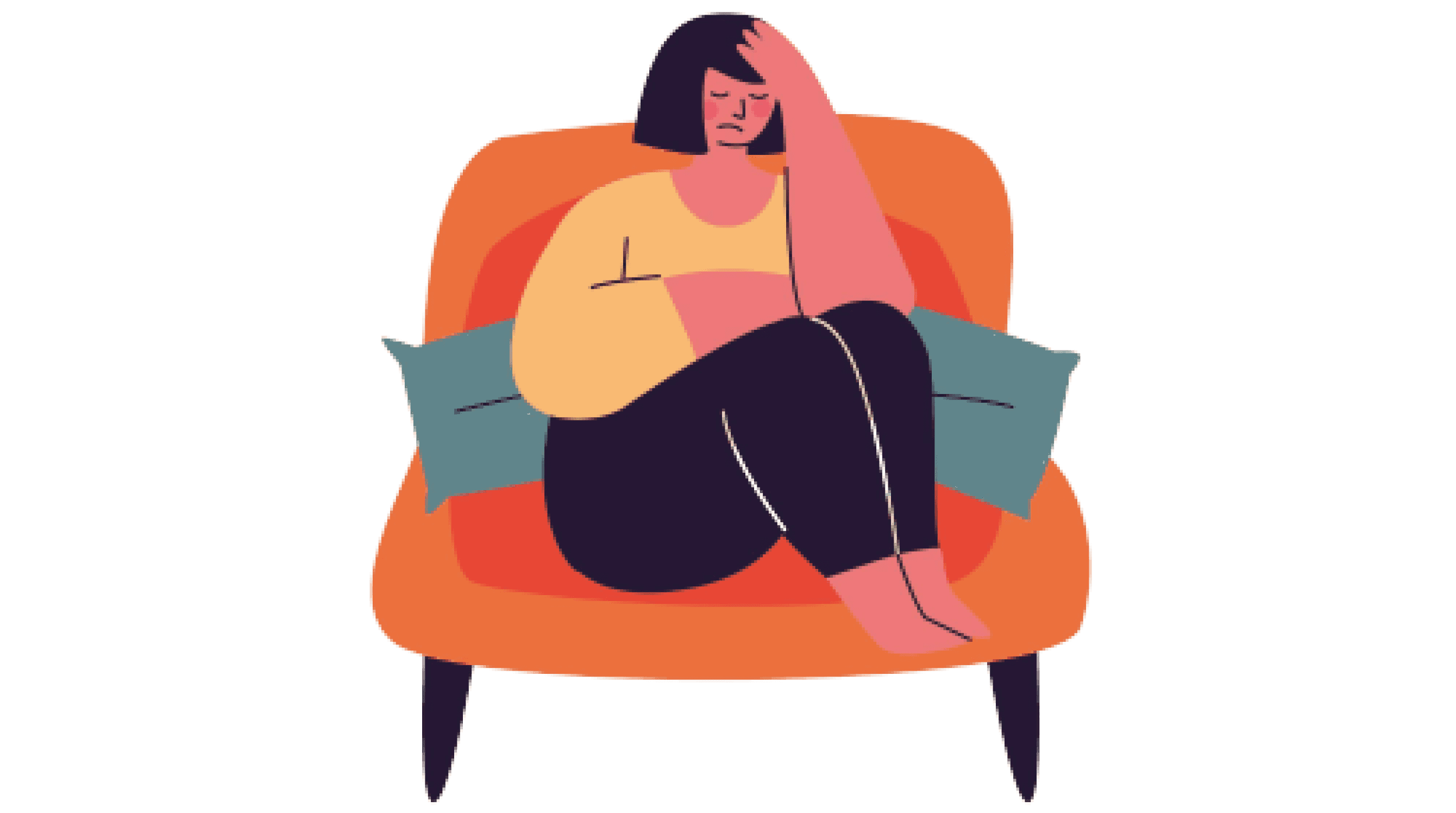
This research began with an awareness of the serious and widespread mental health epidemic that is affecting adults and resulting in an alarming rise in suicide instances.
My journey into this thorough exploration as a UX design student started with a strong sense of obligation to use our skills in a useful way. Observing the effects of mental health issues on people in my neighbourhood as well as larger cultural trends inspired me to work towards a solution.
Project Overview
Brand Category
Target Audience
Brand Logo & Name
Secondary Research
Primary Research
Competitive Research
Design Process
The alarming rise in adult suicides draws attention to a critical mental health crisis that is unfolding in the face of a rapidly changing and challenging society. My goal as UX design students is to investigate the challenges people face in managing mental health in order to address the rising adult suicide rates. We want to make solutions that are simple to use and free of stigma that promote resilience and hope.Our goal with human-centered design is to create a supportive community and encourage people to seek treatment.
Primary Target Audience:
Adults experiencing mental health challenges: This includes individuals struggling with anxiety, depression, suicidal thoughts, or other mental health issues. They may be hesitant to seek professional help due to stigma, cost, or lack of awareness of available resources.
Secondary Target Audience:
People who care about adults experiencing mental health challenges: This group could include friends, family members, partners, and colleagues. They may feel helpless or unsure how to support their loved ones who are struggling.
Qualitative Research
Can you share a time when you felt over emotionally distressed?
How did you cope with those feelings?
Have you ever considered seeking professional help for your mental health?
If yes, what prompted you to consider seeking help?
If no, what prevented you from seeking professional help?
Can you elaborate on the challenges you faced in finding or accessing support?
Were there any specific concerns you had about seeking help?
Imagine you're struggling emotionally. What kind of support system would you find most helpful?
What features would make a support system more appealing and accessible to you? (e.g., mobile app, website, specific functionalities)
Describe a situation where you might hesitate to reach out for help. How could a support system be designed to address those hesitations?
Mental Health Awareness: This category specifically targets raising awareness about mental health issues and promoting help-seeking behavior.
"सहारा" refers to the emotional, psychological, or practical help and support that individuals receive from others, whether it's from friends, family, therapists, support groups, or other resources.
It represents hope for recovery and a brighter future. This translates to guidance through difficult times and towards healing. It also symbolize personal growth and resilience in overcoming mental health challenges and represent the possibility of starting anew and feeling better.

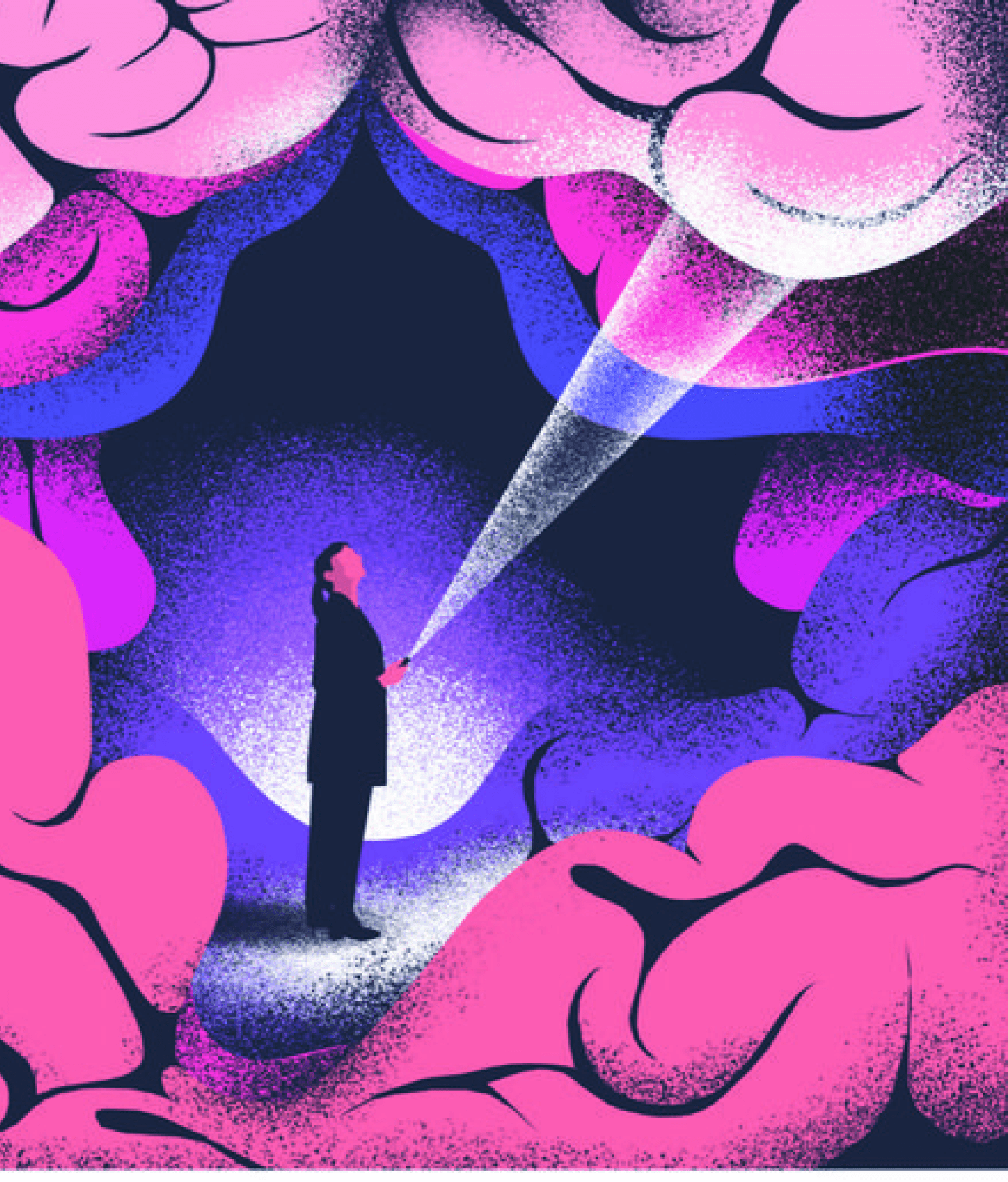

No Shame, No Silence: Breaking Barriers to Mental Health Help
Sahara
Sahara
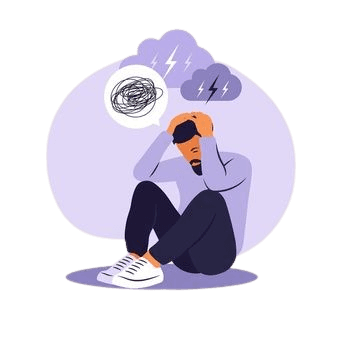
Discover
To conduct user research and collect user feedback.
Dream
To research design ideas, brainstorm and ideate
Develop
To test and develop the product into a working process.
Define
Focuses on refining the problem statement, user personas, and user journeys based on Discover stage insights.
Design
To implement and attempt to design using ideation elements.
Deliver
To ensure good user experience gained and user satisfaction is recieved.

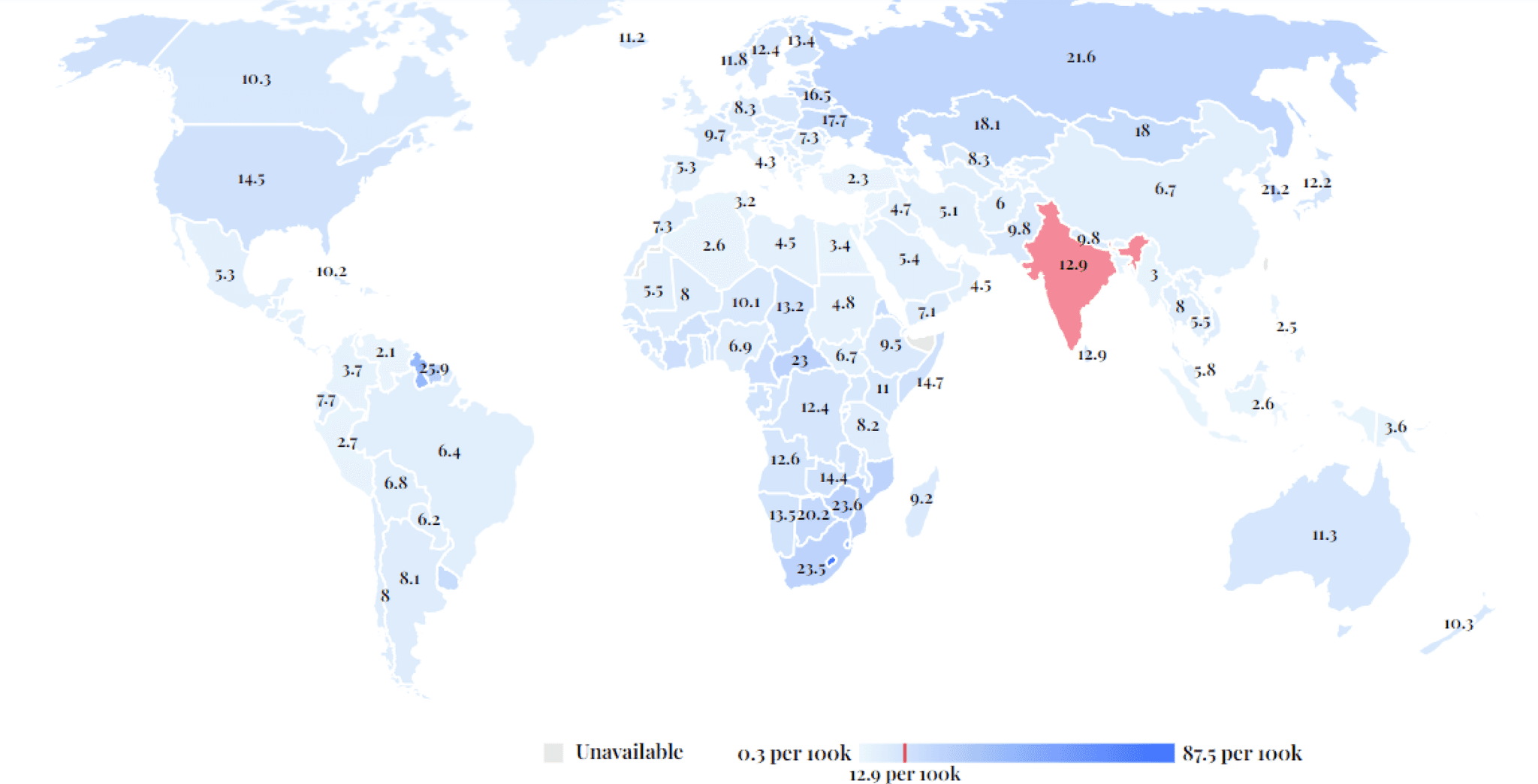
Existing research on mental health, suicide prevention, and the factors contributing to the mental health crisis.
According to WHO,
More than 700 000 people lose their life to suicide every year. The world is not on track to reach the 2030 suicide reduction targets. It was the fourth leading cause of death among 15–29-year-olds globally in 2019. WHO advocates for countries to take action to prevent suicide, ideally through a comprehensive national suicide prevention strategy.
According to NIMH ,
In 2020, suicide was among the top four causes of death among people ages 10 to 44, and the 12th leading cause of death overall in the United States.
The issue has never been more urgent.
Strong Points
Weak Points

Clean design makes it perfect for beginners.
Fits into busy schedules with short meditation sessions.
More than just meditation, it offers sleep, focus, and movement exercises.
Guided by a meditation teacher with a science-backed approach.
Many users experience reduced stress, better sleep, and improved focus.
Might not be affordable for everyone.
More basic meditations, might not be enough for experienced users.
Gotta pay for most of the good content.
Needs a phone/tablet: Not accessible if you don't have one.
Strong Points
Weak Points


Free option available
Many self-guided resources
Educational resources available
Easy-to-use mood tracker that shows patterns in your moods and stress levels
Daily prompts, meditations, and guided activities
Community discussion board to connect with others
Only one plan available
Therapy is not available in many states
It is not clear whether therapy is available to you before you upgrade
Self-guided resources are limited in therapeutic value
Peer support resources are not monitored by professionals
Strong Points
Weak Points
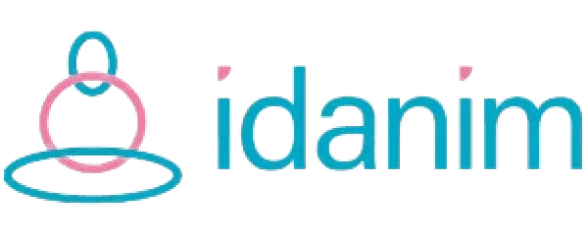
No cost barrier and user-friendly design make it accessible to all.
Connect directly with trained support or crisis hotlines if needed.
Learn coping mechanisms and track your progress for personalized support.
Share anonymously if you prefer, reducing the stigma of seeking help.
Promotes positivity and recovery on your mental health journey.
Not have all the bells and whistles of other mental health apps.
Needs phone/internet: Not helpful if you don't have a smartphone or reliable data.
Privacy worries: Some users might be concerned about their information.
work in progress